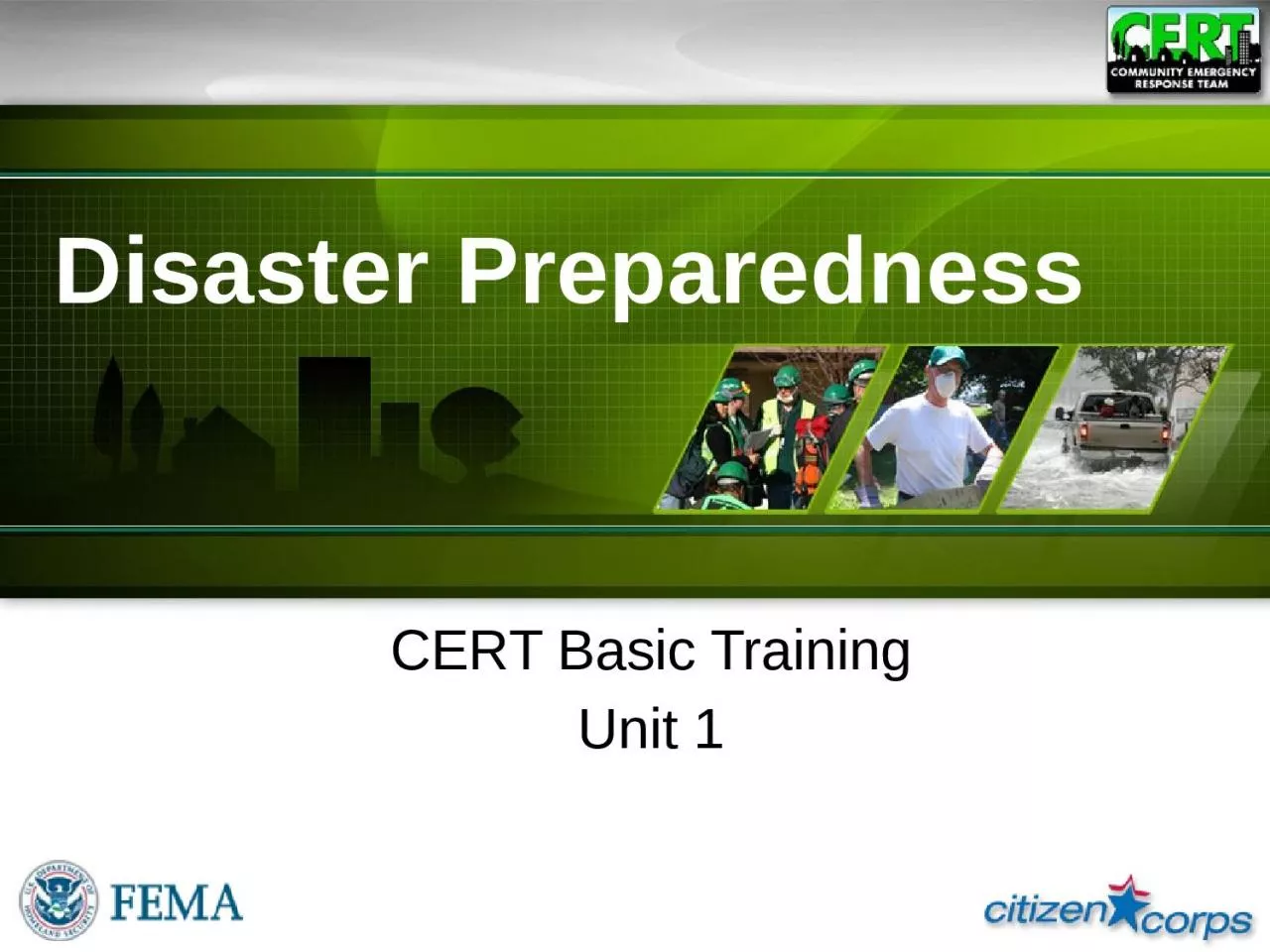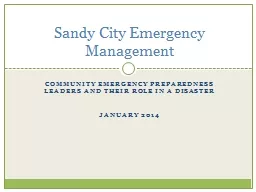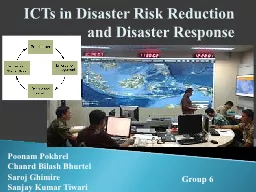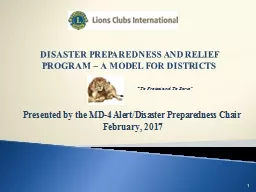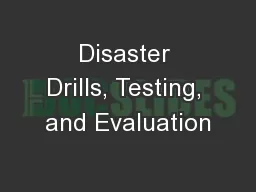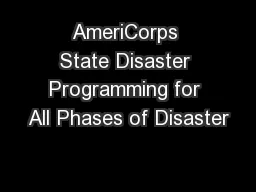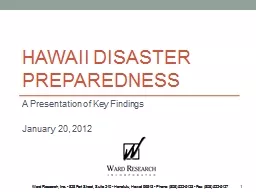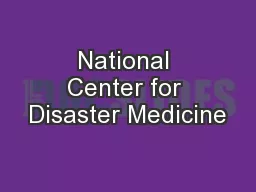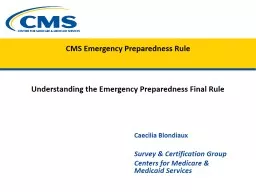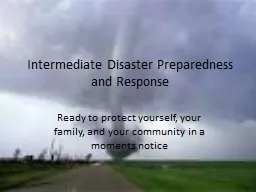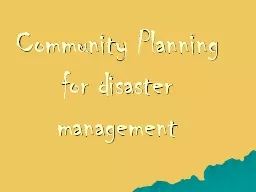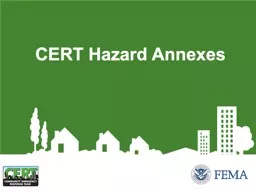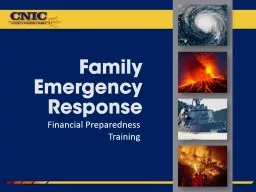PPT-Disaster Preparedness CERT Basic Training
Author : BabyDolly | Published Date : 2022-08-01
Unit 1 Setting the Stage 1 1 CERT Basic Training Unit 1 Disaster Preparedness Course Preview Fire safety Disaster medical operations Light search and rescue CERT
Presentation Embed Code
Download Presentation
Download Presentation The PPT/PDF document "Disaster Preparedness CERT Basic Trainin..." is the property of its rightful owner. Permission is granted to download and print the materials on this website for personal, non-commercial use only, and to display it on your personal computer provided you do not modify the materials and that you retain all copyright notices contained in the materials. By downloading content from our website, you accept the terms of this agreement.
Disaster Preparedness CERT Basic Training: Transcript
Download Rules Of Document
"Disaster Preparedness CERT Basic Training"The content belongs to its owner. You may download and print it for personal use, without modification, and keep all copyright notices. By downloading, you agree to these terms.
Related Documents

